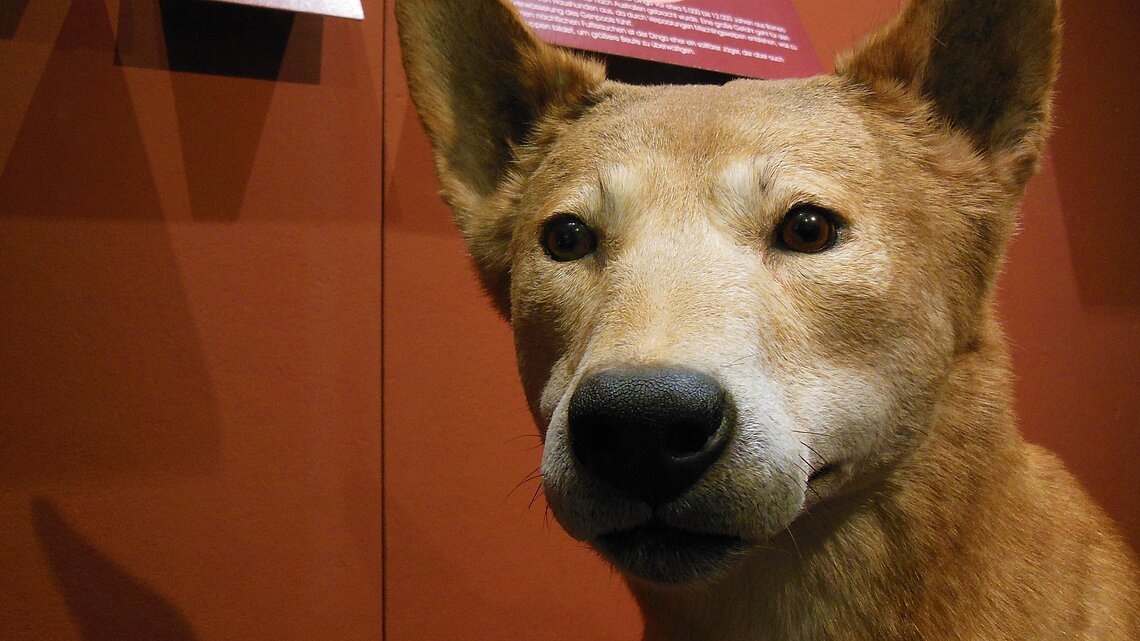A visit of Heidecksburg Palace, the city crown of the former princely residence, offers you not only a magnificent journey through baroque and rococo, but also an excursion into natural history, into a time of the beginning sciences and natural history cabinets.

As it may have presented itself in its glory days at the end of the 18th century, part of the furnishings of the Princely Natural History Cabinet of Schwarzburg-Rudolstadt was reconstructed in 1994 with its own collection fund in a room on the upper floor of the north wing of Heidecksburg Palace. The number of individual pieces totals several thousand. Additional material (including beetles and butterflies, fossils) is hidden in the drawers of the cabinets. The bulging, seemingly confusing abundance of the nevertheless aesthetically presented collections including furniture was a characteristic of the natural history cabinets of the 17th and 18th centuries.
The reconstruction includes the following collections:
- Birds in small dioramas
- Insects and other arthropods
- Conchylia
- Fossils
- Rocks
- Minerals
- Fluid preparations
- Fishes (also dry preparations)
- Amphibians
- Reptiles
- Birds and mammals
- Skeletons and parts thereof of vertebrates
- Curiosities
- Woody plants
- Plant fruits
- Herbarium sheets
- Sponges
- Stone and leather corals
- Echinoderms and much more.

In museums, there are numerous objects that are not shown in exhibitions and kept in magazines. This applies above all to the scientific collections, but also to some of the showpieces. Visitors can usually marvel at an extensive wealth in walk-in magazines, so-called display magazines. The collections on display are not static, however, as certain exhibits may have to be removed from time to time for scientific research.
The collections in the display magazine, established in 1994, were completely replaced in 2020. There is still an abundance of bird and mammal species from all over the world, somewhat depleted by the use of additional new depots in order to sharpen the focus of observation. The birds and mammals, specimens from almost three centuries, not only reveal the changes in zoological taxidermy over time, but also show the relationships between the birds and mammals, without claiming to be exhaustive. Other sauropsids are also shown, as are amphibians. A final room presents insights into the art of taxidermy.

The entrance room of the Natural History Museum »The Distribution of Animals - Animal Geographical Regions of the Mainland« presents typical examples from Orientalis and Australis as well as the Indo-Australian intermediate area (Wallacea). In a diorama, animals from the tropical rainforest of South America (Neotropis) can be discovered. All three regions presented mostly show insects, birds and some mammals.

The exhibition was created under this theme on the occasion of the 250th anniversary of the Natural History Museum in 2007, offering an outline of the historical development of its collections up to the present day. Starting with a natural history cabinet of the animal and stone kingdoms, each of which is placed in a showcase, parts of the collection are displayed with documents and the results of their scientific research. Included are conchylia, corals, butterflies, birds, mammals, plants, animal and plant fossils as well as rocks, minerals and meteorites.
The second part of the show is dedicated to specific questions, such as the study of insect biodiversity, flamingo relationships, convergence, understanding what a biological species is, or co-evolution. With the snow leopard, Amur leopard and Dybowski's deer, modern dermoplastics of species whose survival is particularly threatened are on display, while in a showcase seven pheasant species attract attention because of their splendid plumage.



